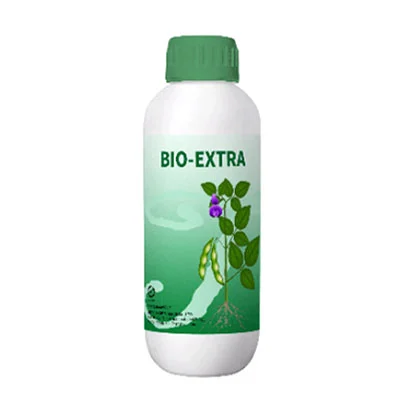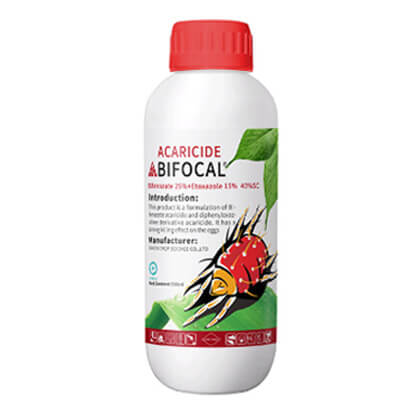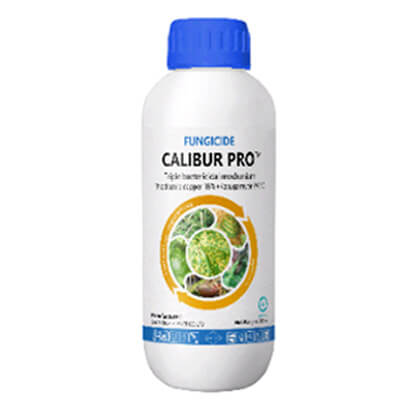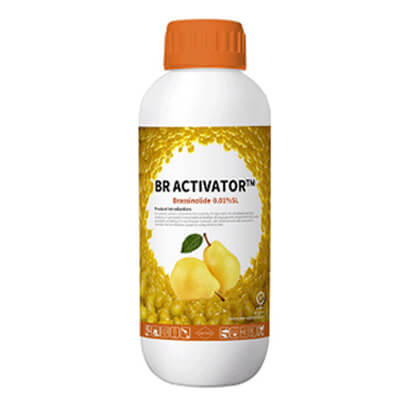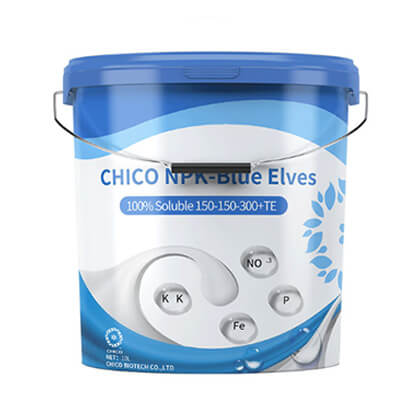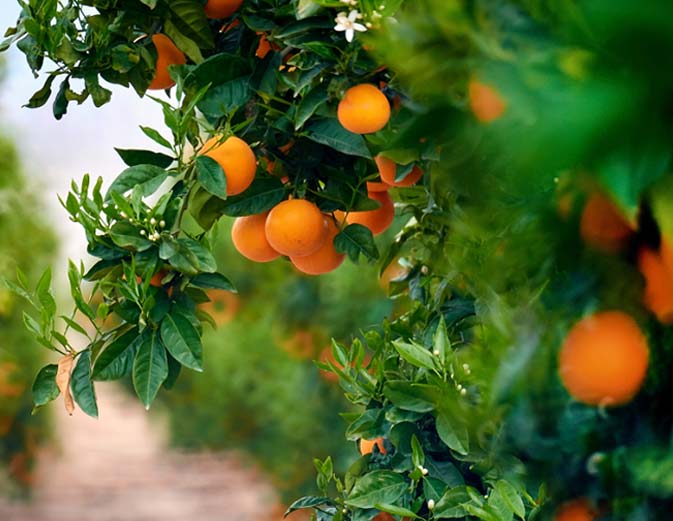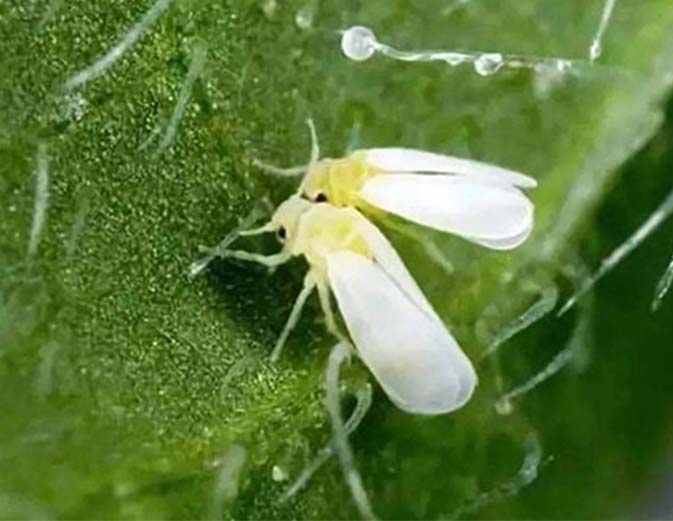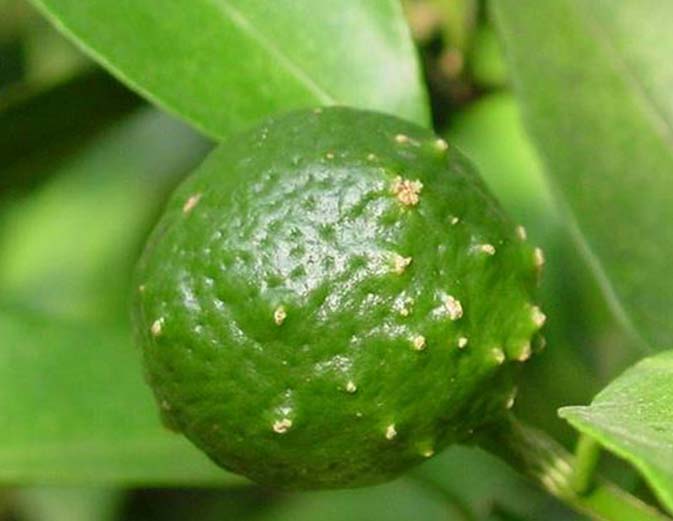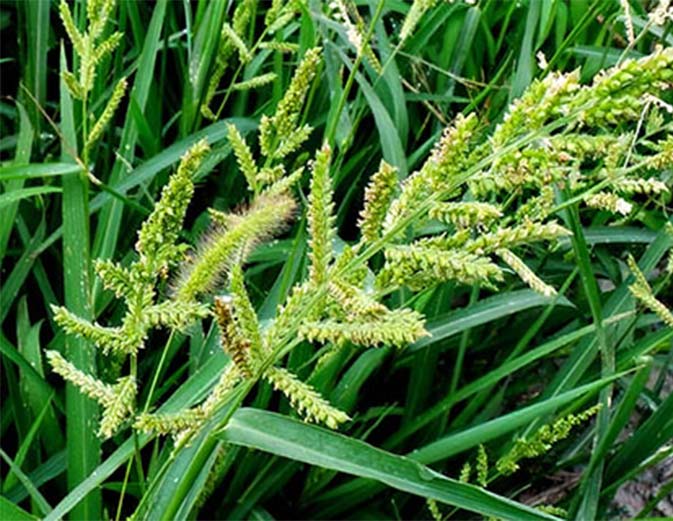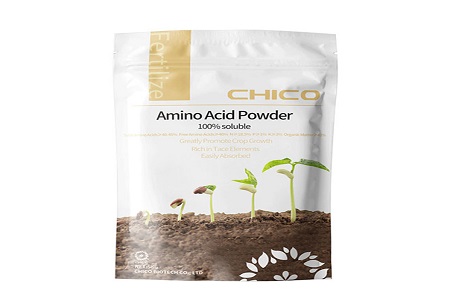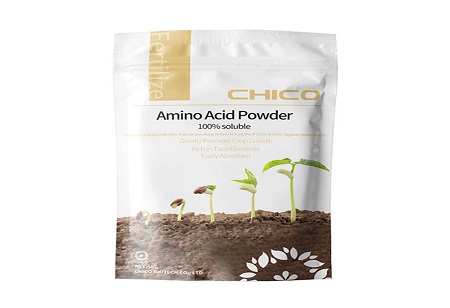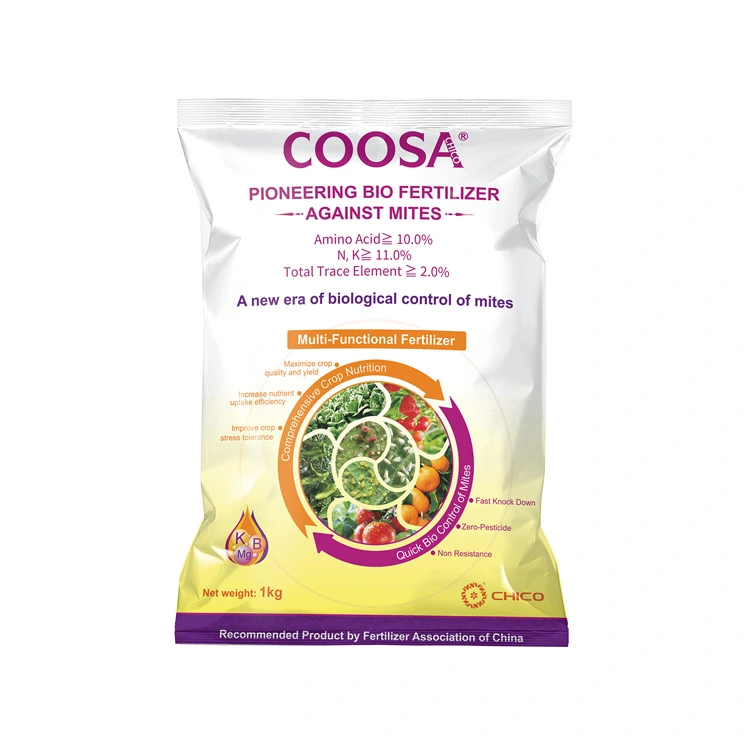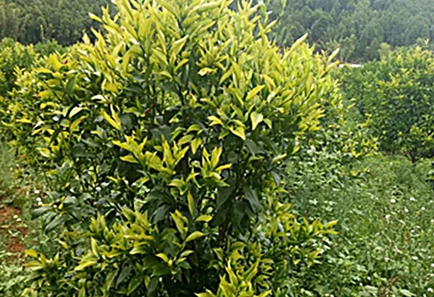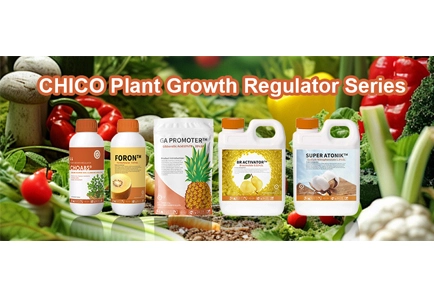
Differences Between Bio Stimulant for Plants and Bio Fertilizer Liquid
In modern agriculture, bio stimulant for plants and bio fertilizer liquid are essential tools for promoting crop growth and increasing yield. Despite some similarities, they differ significantly in their mechanisms of action, composition, and application purposes. Here is a detailed comparison between the two.
Definitions and Mechanisms of Action
Bio Stimulant for Plants
Definition: Bio stimulant for plants are a class of natural or synthetic substances or microbial formulations that promote plant growth and development through non-nutritional means, enhancing plant tolerance to environmental stresses.
Mechanism of Action: Biostimulants primarily work by regulating physiological and biochemical processes in plants. For example, they can promote the synthesis and metabolism of plant hormones, increase photosynthesis efficiency, enhance antioxidant capacity, and improve root development.
Bio Fertilizer Liquid
Definition: Bio fertilizer liquid is fertilizer rich in organic substances and microbes. It decomposes organic matter into nutrients that plants can absorb through microbial metabolism and add suitable micronutrients and growth regulators.
Mechanism of Action: Bio fertilizer liquid enhances soil fertility and plants health through microbial activity. For example, nitrogen-fixing bacteria can convert atmospheric nitrogen into forms plants can use, while phosphate-solubilizing and potassium-releasing microbes convert insoluble phosphates and potassium in the soil into forms that plants can absorb.
Composition
Bio Stimulant for Plants
Common Ingredients: Seaweed extracts, humic acid, amino acids, microbial metabolites, plant hormones (such as auxins, cytokinins, gibberellins), etc.
Functional Microbes: Some biostimulants also contain beneficial microbes, such as rhizobia and actinomycetes, but their primary function is to regulate plant physiological processes rather than directly supplying nutrients.
Bio Fertilizer Liquid
Common Ingredients: Nitrogen-fixing bacteria (such as rhizobia, free-living nitrogen-fixers), phosphate-solubilizing bacteria, potassium-releasing bacteria, beneficial fungi, etc.
Organic Substances: Some bio fertilizer liquid also contains organic substances, such as humic acid and seaweed extracts, but its primary function is to improve soil nutrient availability through microbial activity.
Application Purposes
Bio Stimulant for Plants
Main Purposes: To increase plant growth rate and yield, enhance plant tolerance to environmental stresses (such as drought, salinity, pests), and improve crop quality.
Application Scenarios: Widely used throughout various stages of crop growth, especially during critical stages such as germination, flowering, and fruiting.
Bio Fertilizer Liquid
Main Purposes: To enhance soil fertility, increase nutrient availability in the soil, and promote nutrient uptake by plants, thereby improving crop yield and quality.
Application Scenarios: Mainly used for soil improvement and crop nutrient management, especially in poor or nutrient-deficient soils.
Specific Application Cases
Bio Stimulant for Plants
Fruit Tree Cultivation: Applying seaweed extracts and humic acid-based biostimulants can promote flowering and fruiting in fruit trees, increase sugar and vitamin content in fruits.
Vegetable Growing: Applying amino acid-based biostimulants can enhance vegetable disease resistance and stress tolerance, thereby increasing yield and quality.
Bio Fertilizer Liquid
Rice Cultivation: Applying bio fertilizer liquid containing nitrogen-fixing and phosphate-solubilizing bacteria can significantly increase rice yield and quality, while reducing the use of chemical nitrogen and phosphorus fertilizers.
Field Crops: Applying bio fertilizer liquid containing potassium-releasing bacteria can increase potassium availability in the soil, promoting crop growth and development.










